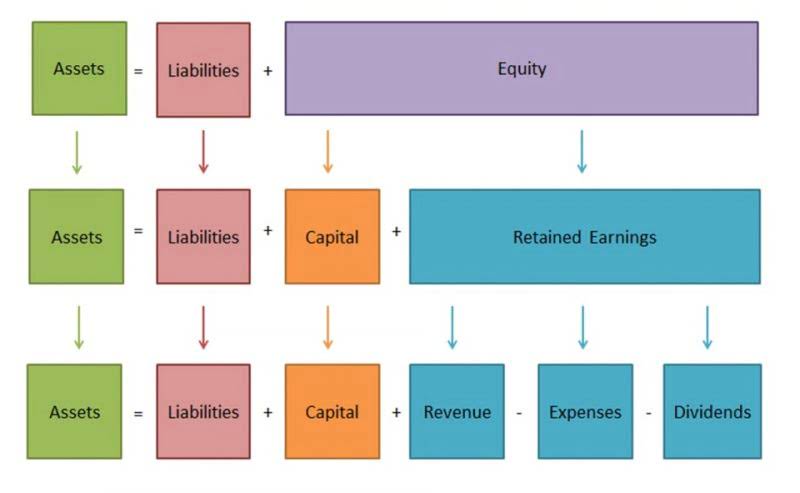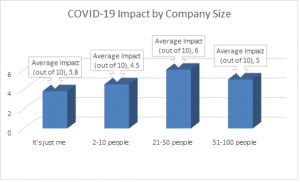
The total manufacturing overhead of $50,000 divided by 10,000 units produced is $5. So, for every unit the company makes, it’ll spend $5 on manufacturing overhead expenses on that unit. These overhead costs don’t fluctuate based on increases or decreases in production activity or the volume of output generated during manufacturing. These overhead costs aren’t influenced by managerial decisions and are fixed within a specified limit based on previous empirical data.
How do you calculate manufacturing overhead from WIP when using the batch costing method?
Now that you have an estimate for your manufacturing overhead costs, the next step is to determine the manufacturing overhead rate using the equation above. Manufacturing overhead percentage is your manufacturing overhead cost expressed as a percentage of your company’s total revenue. The percentage gives you a sense of how much of your income you spend on overhead over set time intervals or accounting periods. To calculate the overhead rate in, say, a month, divide your total overhead costs for one month by your total monthly sales and multiply it by 100.
© Accounting Professor 2023. All rights reserved
The income statement, statement of cash flows, statement of retained earnings, and the statement of stockholders’ equity report information for a period of time (or time interval) such as a year, quarter, or month. Usually financial statements refer to the balance sheet, income statement, statement of cash flows, statement of retained earnings, and statement of stockholders’ equity. Once you set a baseline to capture your schedule, planned costs and actual costs can be compared to ensure you’re keeping to your budget. You add the hourly rate of your work and then assign their hours, which will then populate the Gantt and the sheet view (like the Gantt but without a graphic timeline). This not only helps you run your business more effectively but is instrumental in making a budget. Knowing how much money you need to set aside for manufacturing overhead will help you create a more accurate budget.
Calculation Examples

Understanding the types of material costs and how to manage them is essential for achieving cost efficiency and maintaining healthy margins. Automation has transformed labor dynamics in many factories, allowing organizations to reduce reliance on manual labor while enhancing productivity. For instance, automotive manufacturers have implemented robotics in assembly lines to reduce time and human error, significantly decreasing labor costs over time.
Other Chargeable Items
- Additionally, implementing a robust accounting software system can facilitate better tracking and analysis of overhead costs, allowing for real-time insights into spending patterns and trends.
- Among these costs, you’ll find things such as property taxes that the government might be charging on your manufacturing facility.
- Financial overhead consists of purely financial costs that cannot be avoided or canceled.
- Average wage of a worker is $40 per hour and total direct labor hours worked during the year equal 3 million.
- A predetermined manufacturing overhead rate can also be helpful when making a manufacturing overhead budget.
It also makes it easier for them to see whether or not their production line is good overall (or if they need to make changes). One of the most significant advantages of departmentalizing manufacturing overhead is that it allows a company to see where its money is going at a glance. For example, suppose your factory is shut down due to weather conditions or another factor that affects business operations outside your control. In that case, this could lead to problems such as having too much product on hand and insufficient storage space. It’s hard for companies to ensure quality control when they work with suppliers overseas or use a lot of hand labor in their factories.

This is the formula to calculate applied manufacturing overhead in manufacturing. You can find the overhead rate of your manufacturing operations using the following formula. Let’s define manufacturing overhead, look at the manufacturing overhead formula and how to calculate manufacturing overhead. By fostering a culture of cost awareness, manufacturers can encourage staff to identify inefficiencies and suggest improvements. Workshops and training sessions can empower employees to take ownership of their roles in managing overhead, leading to innovative solutions that may not have been previously considered. You would Accounting Periods and Methods have to do further analysis of this number to determine whether the company is making a profit or needs to reduce costs.
Trial Balance

The declining balance method involves using a constant rate of depreciation applied to the asset’s book value each year. The straight-line depreciation method distributes the carrying amount of a fixed asset evenly across its useful life. Well, we manufacturing overhead costs include are working through these budgets, but now we got to an interesting one.

Most manufacturing overhead budgets cover a year, but each of these values are calculated quarterly. To reduce manufacturing overhead costs, focus on optimizing efficiency by minimizing waste, improving energy usage, and automating routine tasks. Investing in modern MRP software can help you track indirect costs in real-time, identify areas of inefficiency, and streamline processes to lower expenses over time.
What is the difference between manufacturing overhead and total manufacturing cost?
An example is the cost of electricity to run machinery in a factory, which supports production but isn’t directly part of any specific product. Actual manufacturing overheads are the real, measured indirect costs of the production process. Since many of these are difficult to measure in real-time, actual overhead is usually calculated retrospectively. It is then used to reconcile applied overhead and the actual costs in the books. You can also use Partnership Accounting the formula below to calculate a predetermined manufacturing overhead cost rate that will be allocated to all the units that are produced instead of allocating overhead costs to each of them.



